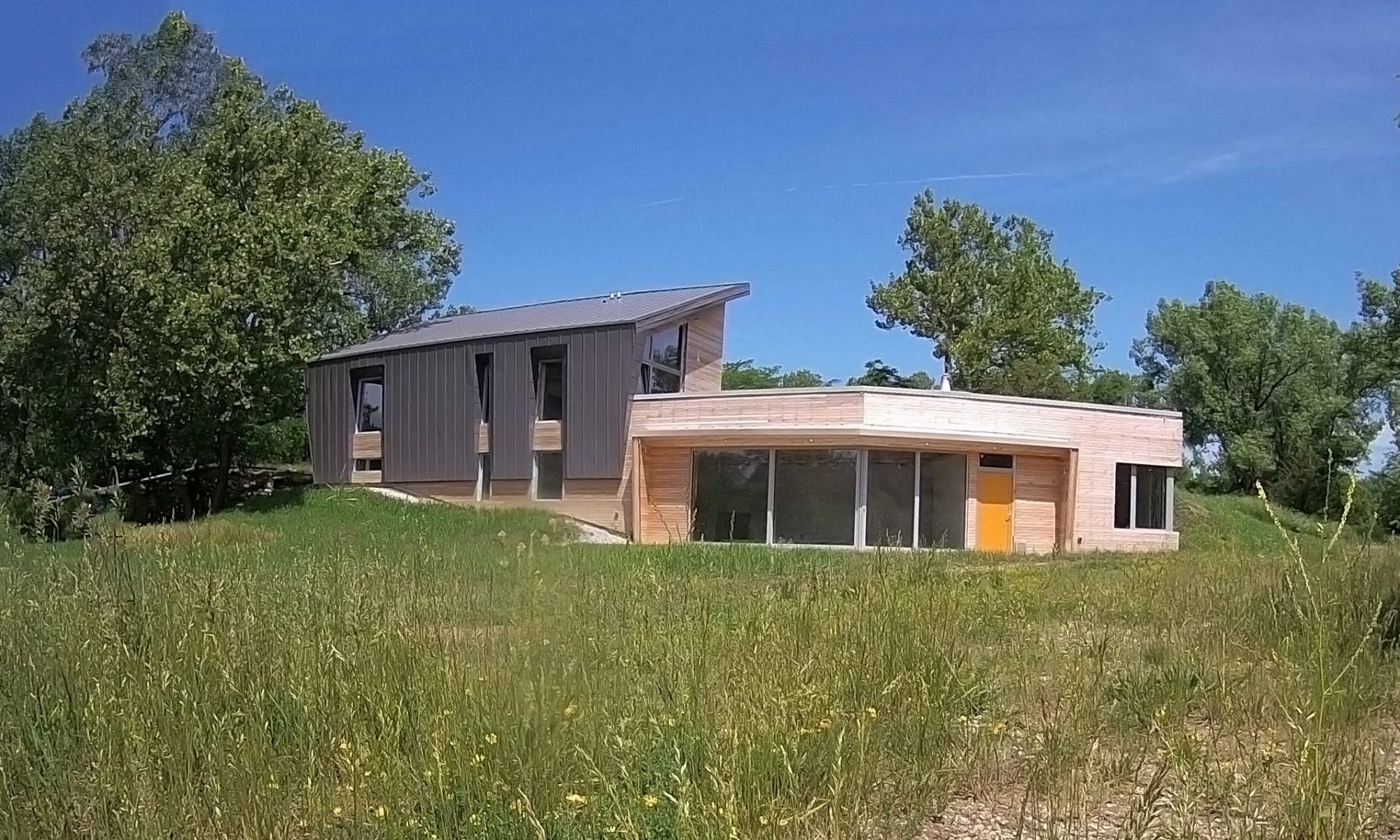One of the goals for this house is durability: a lifespan of 200 years or more. Is concrete an appropriate material to achieve that aim?
First, some background: It’s not the concrete itself that’s problematic; it’s the rebar embedded in concrete. This rebar tends to corrode over time, and as it does, the rust increases the diameter of the rebar slightly, spalling the concrete, and eventually causing the concrete to fail. This is the main reason why Roman concrete (which had no rebar) has lasted for 1000s of years, whereas contemporary concrete’s lifespan is typically measured in decades.
Despite this, I do believe that concrete can be durable. Until recently I lived in an old factory building that had been converted to loft apartments. It’s a concrete structure (with rebar) that’s nearly 100 years old and is in excellent shape, despite being abandoned and open to the elements for decades. I fully expect that it will last another 100 years or more.
What’s the difference between that factory building and concrete structures that start to fall apart after 30 years? What can be done to slow the process of rebar corrosion to a crawl, thereby extending the life of the concrete? My research has uncovered a handful of factors:
- Use a low water mix: Water is a necessary ingredient of concrete; but too much water makes the concrete more permeable, making it easier for elements like chlorides to reach the rebar and cause corrosion. Reducing water-to-cement ratio to 0.4 or less reduces permeability and extends its life. Too much water is the single most common problem encountered in the field. If your mix is too stiff, don’t add water; instead, add a plasticizer or 2-hour retarder.
- Use a deeper cover: Embedding the rebar deeper in the concrete helps to protect it from corrosive elements. Minimum cover is 1″ but can be as deep as 3″.
- Include pozzolanic elements: Adding fly-ash or other pozzolanic elements to the concrete mix reduces void spaces and makes the concrete more resistant to cracking.
- Sufficient vibration: In the same vein as reducing void spaces, lightly vibrating the concrete to reduce voids at time of pour.
- Reduce thermal expansion & contraction: Place the concrete within the thermal envelope of the building. This eliminates the stress caused by freeze-thaw cycles and helps prevent cracking.
- Use expansion joints: Use sufficient control joints and expansion joints to reduce surface cracking.
- Keep it moist, then keep it dry: Make sure the concrete surface stays moist immediately following the pour. But once it has cured, make sure the slab stays dry, and can dry out if it becomes wet. In this house, all envelope assemblies are breathable. The sub-slab vapor barrier is directly below the concrete, to prevent wetting of the concrete by vapor diffusion and capillary action.
My hope is that 200 years is actually a conservative figure — that this house will last much longer. But, as they say, only time will tell.
